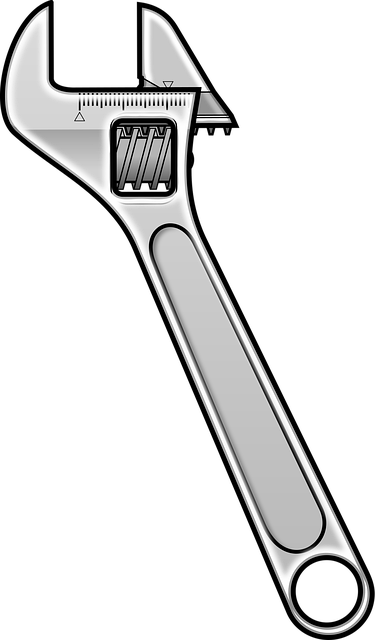Car wreck survivors benefit from personalized, comprehensive long-term chiropractic rehabilitation that goes beyond initial pain management. This holistic approach integrates adjustments, exercises, and lifestyle changes tailored to individual needs, focusing on restoring mobility, strengthening the body, and correcting structural imbalances caused by trauma. The ultimate goal is to provide lasting relief, reduce future injury risks, enhance quality of life, and empower patients to regain control over their health and well-being.
Chiropractic care is often sought after car accidents, but effective recovery extends beyond initial adjustments. Understanding long-term chiropractic rehabilitation is crucial for optimal healing and pain management. This article explores personalized recovery plans tailored for car wreck survivors, focusing on key components of a comprehensive post-accident strategy. By integrating specific techniques and continuous care, individuals can achieve lasting relief and restore their bodies’ natural alignment after a traumatic event.
- Understanding Long-Term Chiropractic Rehabilitation
- Creating Personalized Recovery Plans for Car Wreck Survivors
- Key Components of an Effective Post-Accident Chiropractic Strategy
Understanding Long-Term Chiropractic Rehabilitation

Chiropractic care doesn’t just focus on immediate pain relief; it’s about fostering long-term health and wellness, especially following a traumatic event like a car wreck. In the context of auto accidents, chiropractic rehabilitation extends far beyond acute treatment. It involves a comprehensive, personalized plan tailored to each patient’s unique needs and recovery goals. This approach recognizes that the body has an innate ability to heal itself, and chiropractic care aims to facilitate and optimize this natural process.
Long-term chiropractic rehabilitation after car wrecks typically incorporates various modalities, including adjustments, therapeutic exercises, and lifestyle recommendations. The goal is not only to restore mobility and alleviate pain but also to strengthen the body, improve posture, and enhance overall functional capacity. By addressing underlying structural imbalances caused by the accident, patients can experience lasting relief, reduced risk of future injuries, and improved quality of life.
Creating Personalized Recovery Plans for Car Wreck Survivors

Car wreck survivors often face significant challenges on their road to recovery, especially when it comes to long-term chiropractic rehabilitation. Each individual’s experience and resulting injuries can vary greatly, making a personalized approach crucial for effective healing. Chiropractors play a vital role in developing customized recovery plans tailored to address the unique needs of each patient post-car accident.
These plans typically involve a comprehensive evaluation process that considers factors like the severity of the impact, specific areas of pain or discomfort, and pre-existing health conditions. Chiropractors may employ various techniques, including manual adjustments, therapeutic exercises, and modalities like heat or ice therapy, to reduce pain, improve mobility, and speed up recovery. A well-designed long-term chiropractic rehabilitation program after a car wreck can significantly enhance patients’ overall quality of life and ensure they regain their physical capabilities.
Key Components of an Effective Post-Accident Chiropractic Strategy

When it comes to long-term chiropractic rehabilitation after car wrecks, a comprehensive and tailored strategy is essential for optimal recovery. The initial phase focuses on addressing acute pain and inflammation through targeted adjustments and therapeutic modalities. Chiropractors employ techniques like spinal manipulation, heat/ice therapy, and electrical stimulation to relieve immediate discomfort and reduce swelling. This rapid response not only enhances mobility but also sets the foundation for further healing.
Beyond these immediate interventions, a successful post-accident chiropractic strategy incorporates several key components. These include patient education on injury prevention and proper body mechanics to avert future relapses. Regular check-ups become integral to monitor progress, adjust treatment plans accordingly, and provide ongoing support. Additionally, incorporating exercises tailored to strengthen specific muscle groups and improve spinal stability is crucial for long-term wellness. This holistic approach ensures patients not only recover from their initial injuries but also gain the knowledge and tools needed to maintain a healthy spine and reduce the risk of future accidents.
Chiropractors play a vital role in helping car wreck survivors navigate the complexities of long-term chiropractic rehabilitation. By understanding the nuances of post-accident care and creating personalized recovery plans, they can significantly enhance patient outcomes. Key components include comprehensive assessments, tailored treatment strategies, ongoing support, and education on self-care. This holistic approach ensures patients not only recover from their injuries but also gain the knowledge and tools to maintain optimal spinal health in the long term.














